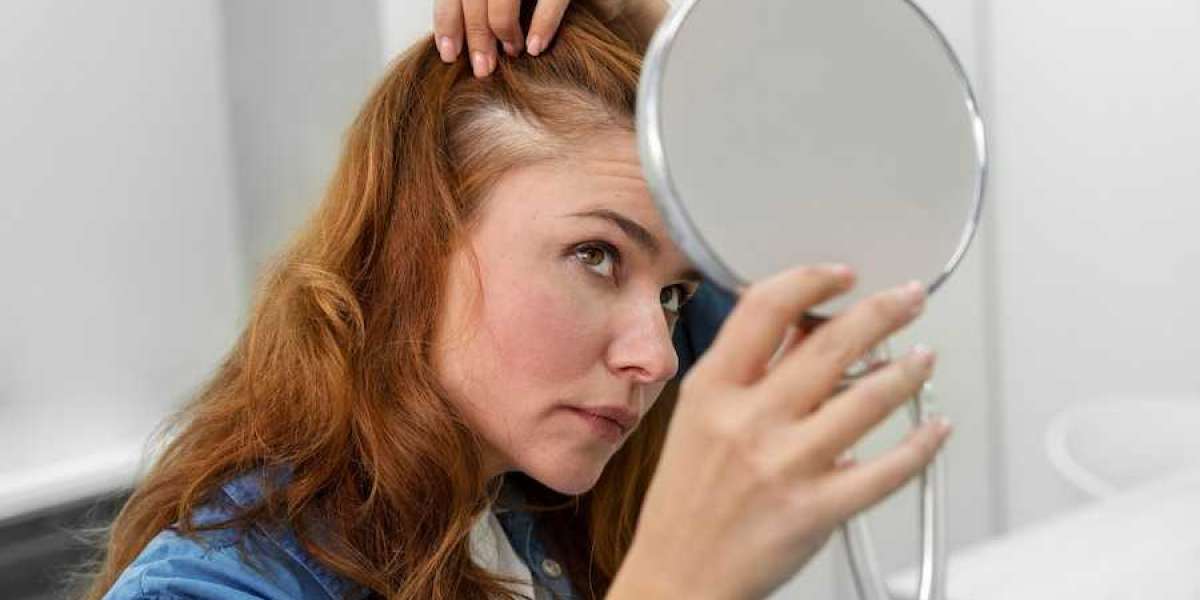A few years ago we began to see women between the ages of 55 and 60 who commented on the lack of hair on their eyebrows and the loss of the first frontal and temporal lines.
When taking patients' medical histories, it was common to note the existence of a significant stressful event, such as a serious illness in the family, the death of a loved one, and the like that had caused significant stress in their lives.
In many cases the hair loss was related to these periods described as if there had been something important in their lives that had caused a change in their hair. We call this new entity frontal fibrosing alopecia
What is frontal fibrosing alopecia?
Today we know that frontal fibrosing alopecia affects both men and women, but significantly, women suffer from it much more frequently. That is why it was initially thought that it could be linked to estrogen and the menopausal period.
We know that it is an autoimmune disease that appears linked to a stressful event. At that moment the immune system begins to fail and recognizes the hair of the eyebrows and the first frontal line as a foreigner and begins to defend itself, producing lymphocytic inflammation with death of the follicles and replacement of them by scarring areas.
Causes of frontal fibrosing alopecia Why does it affect women more?
We still know little about this disease. Curiously, we know that it not only affects the eyebrows, but that it really affects the entire face from the lower area to the frontal area, but it is only evident when it appears in the man where it destroys all the hair of the beard, eyebrows and the first frontal line and temporary, drawing a false headband without hair in the scalp area.
Although we know that its origin is autoimmune, we still do not know what other factors can really be linked to its appearance. We know that there is a certain genetic predisposition and that stress is the trigger for its onset.
How is frontal fibrosing alopecia diagnosed in women?
This type of alopecia can go unnoticed, especially in women at first, because as the eyebrow hair gradually loses, we can think that it is due to a simple excessive eyebrow waxing, or other factors, such as creams, makeup, etc. harming us.
That is why the diagnosis is quite delayed in time and it is when there is already an affectation of the scalp when the patient comes to the consultation.
Although the proper diagnosis is made by biopsy of the area, it is possible to make a clear suspicion diagnosis due to the characteristic areas affected.
What can I do if I have frontal fibrosing alopecia? Is there any treatment?
Given the suspicion of alopecia, we need to go to the specialist as soon as possible so that he can apply the appropriate treatment as soon as possible.
Our first objective will be to self-limit the inflammation and the destruction of the hair and the tissue in order to move on to regenerative techniques in a second moment. When alopecia has been established for a long time and there is a large amount of destruction and fibrosis, it is time to assess activity, and according to the degree of activity, it proposes treatment that controls activity, regeneration or even grafting or biofibers.
The graft will never be the first choice without an adequate study of the activity that can guarantee a certain success of the intervention.








